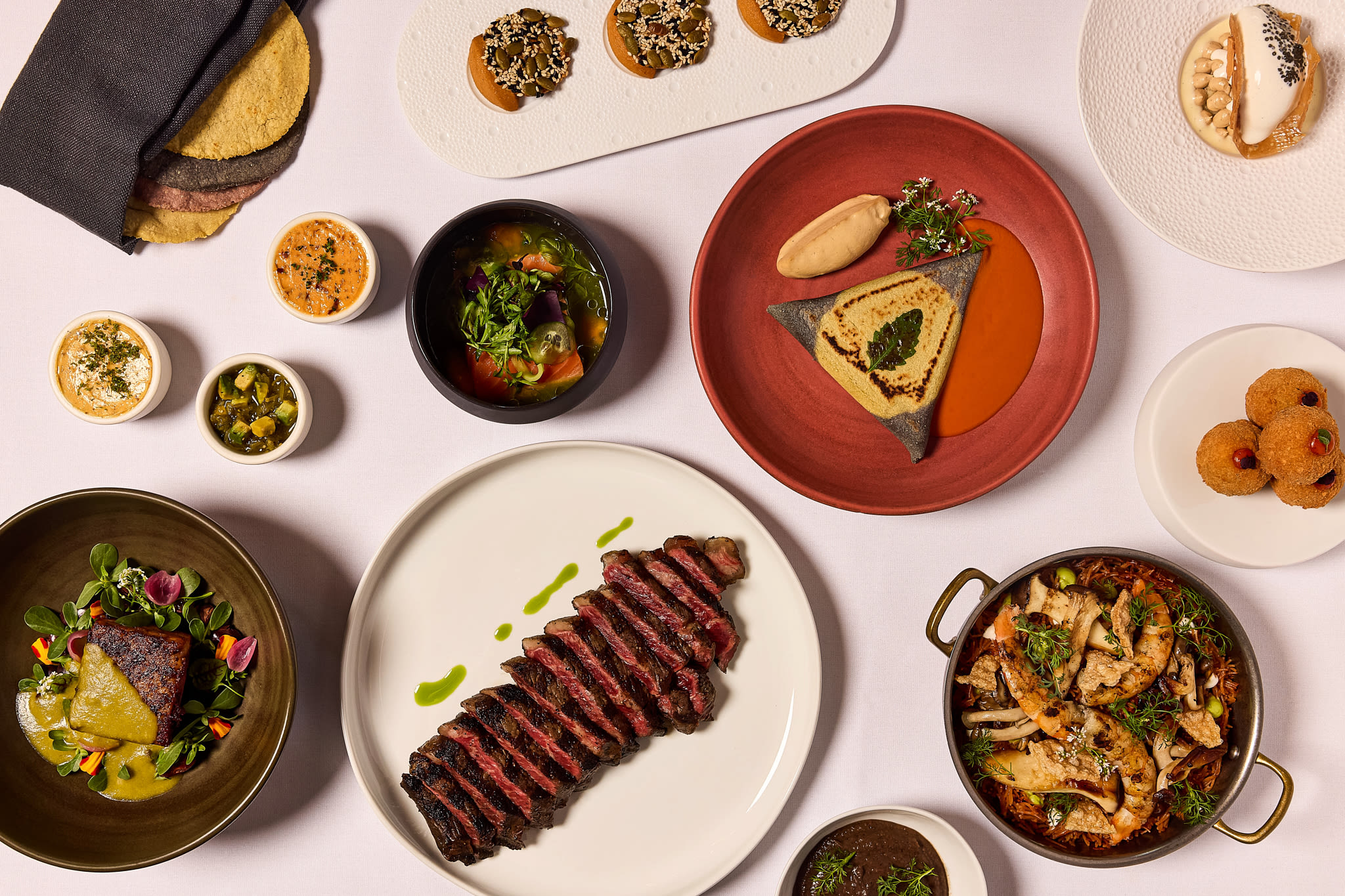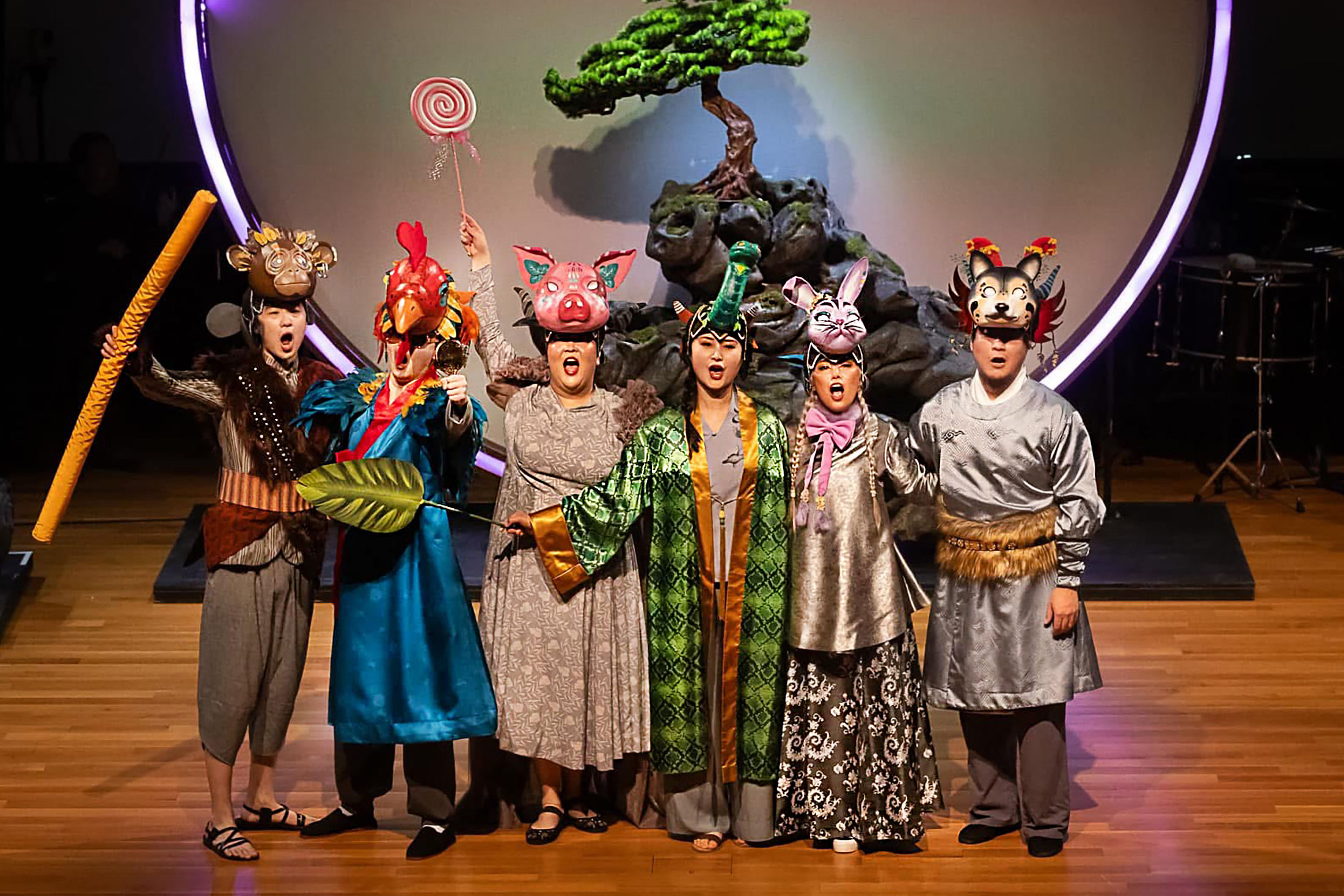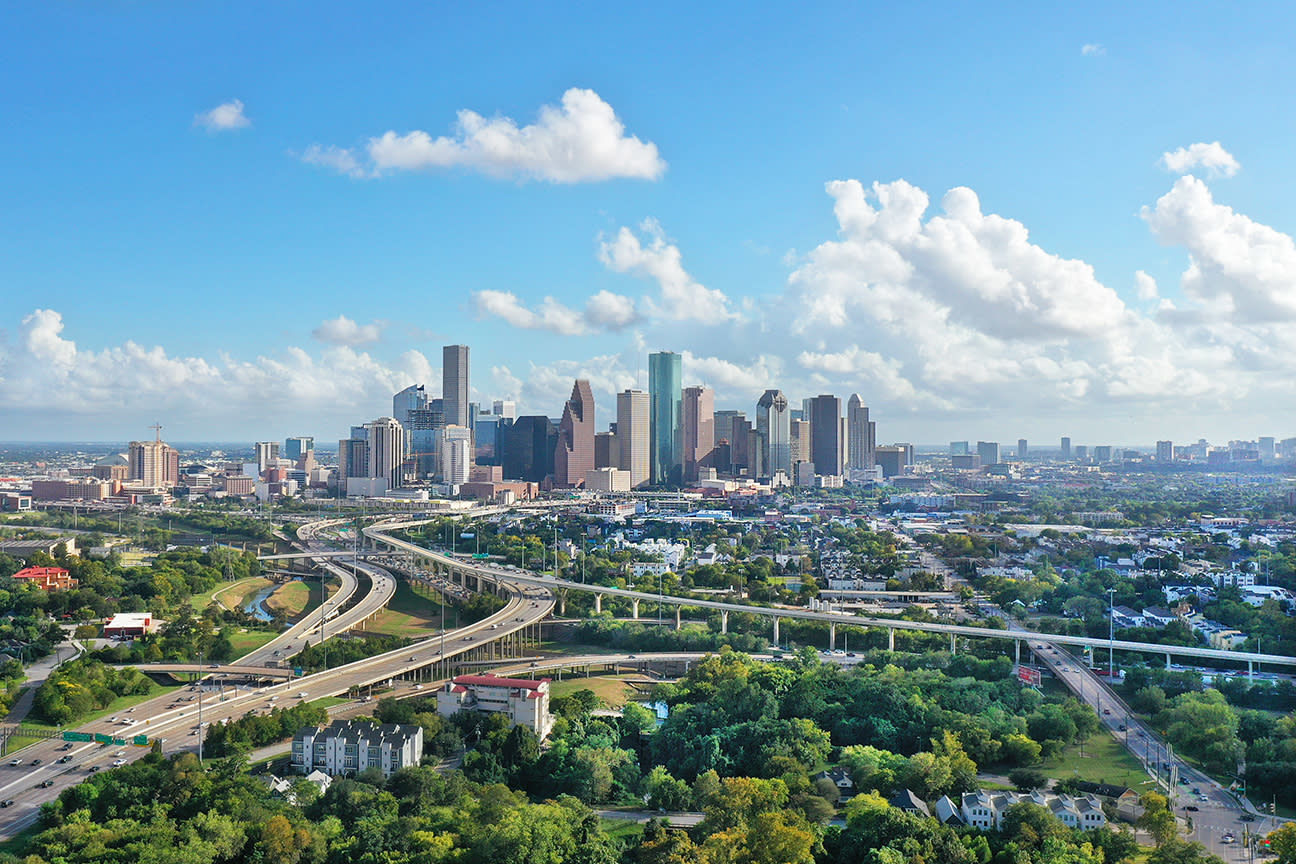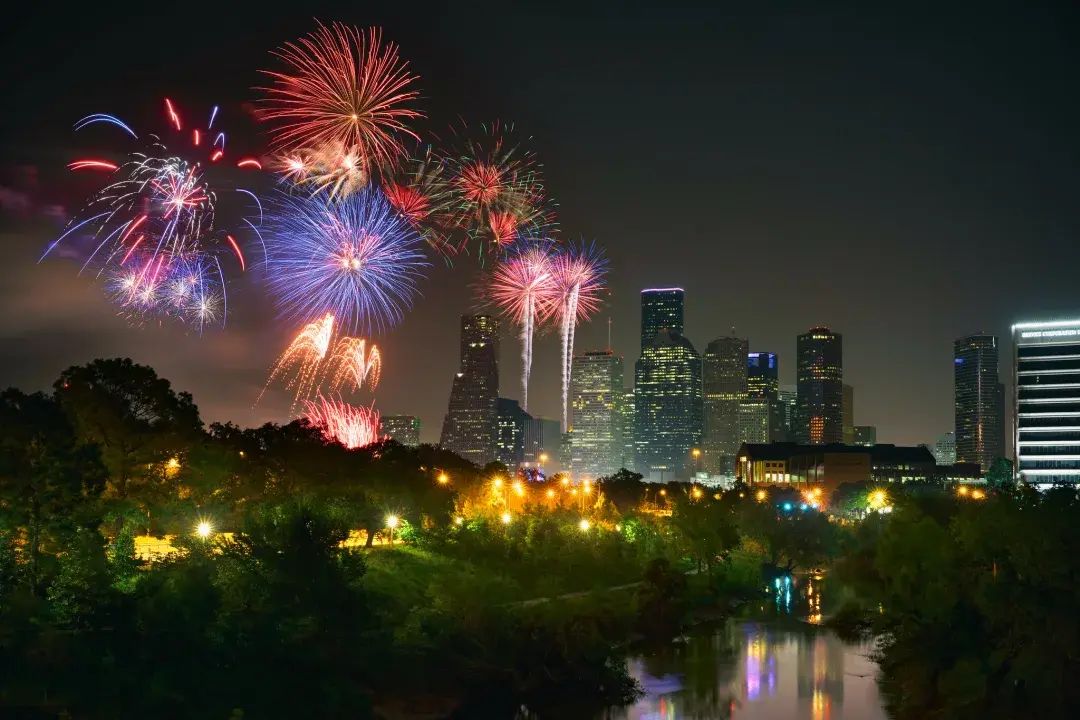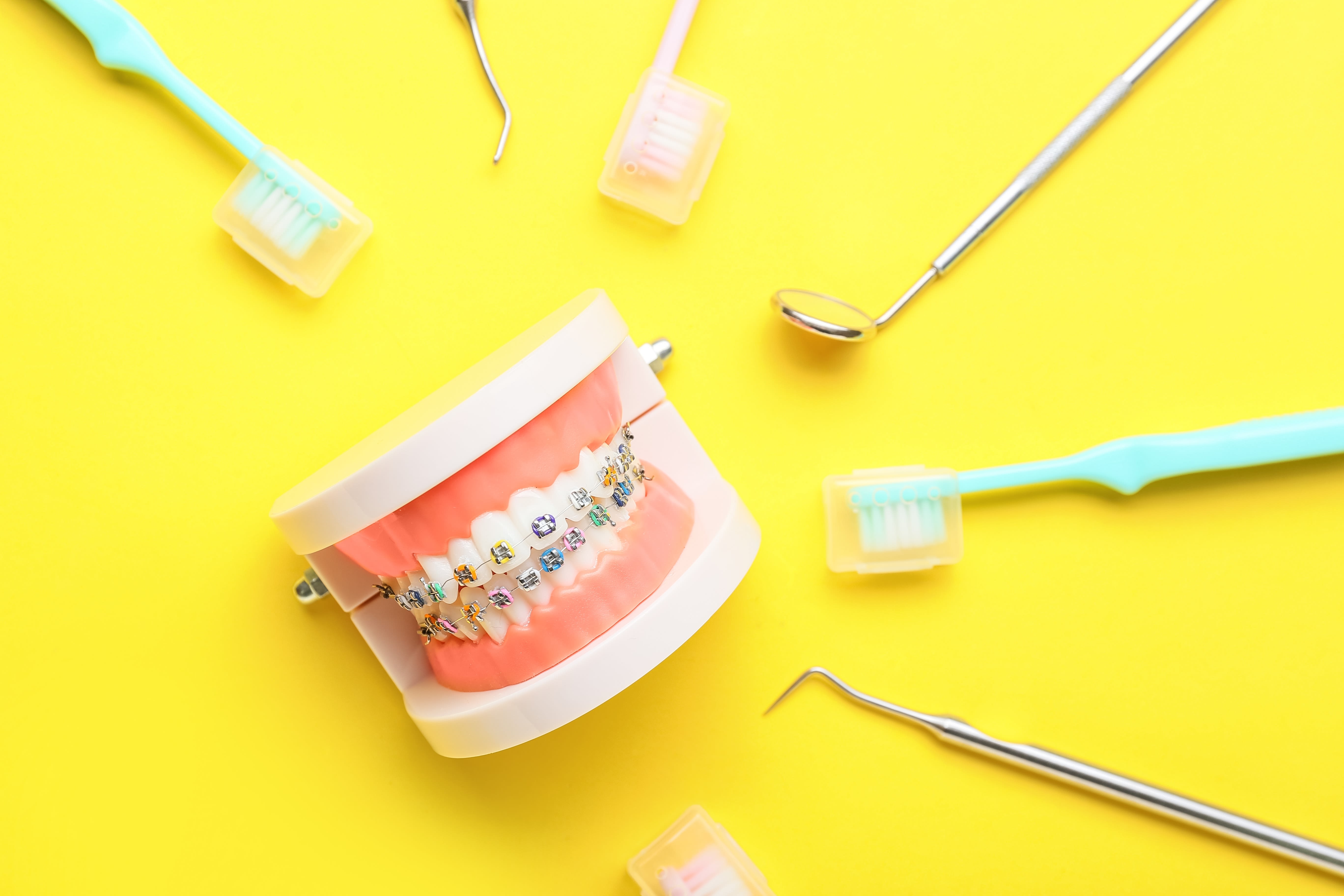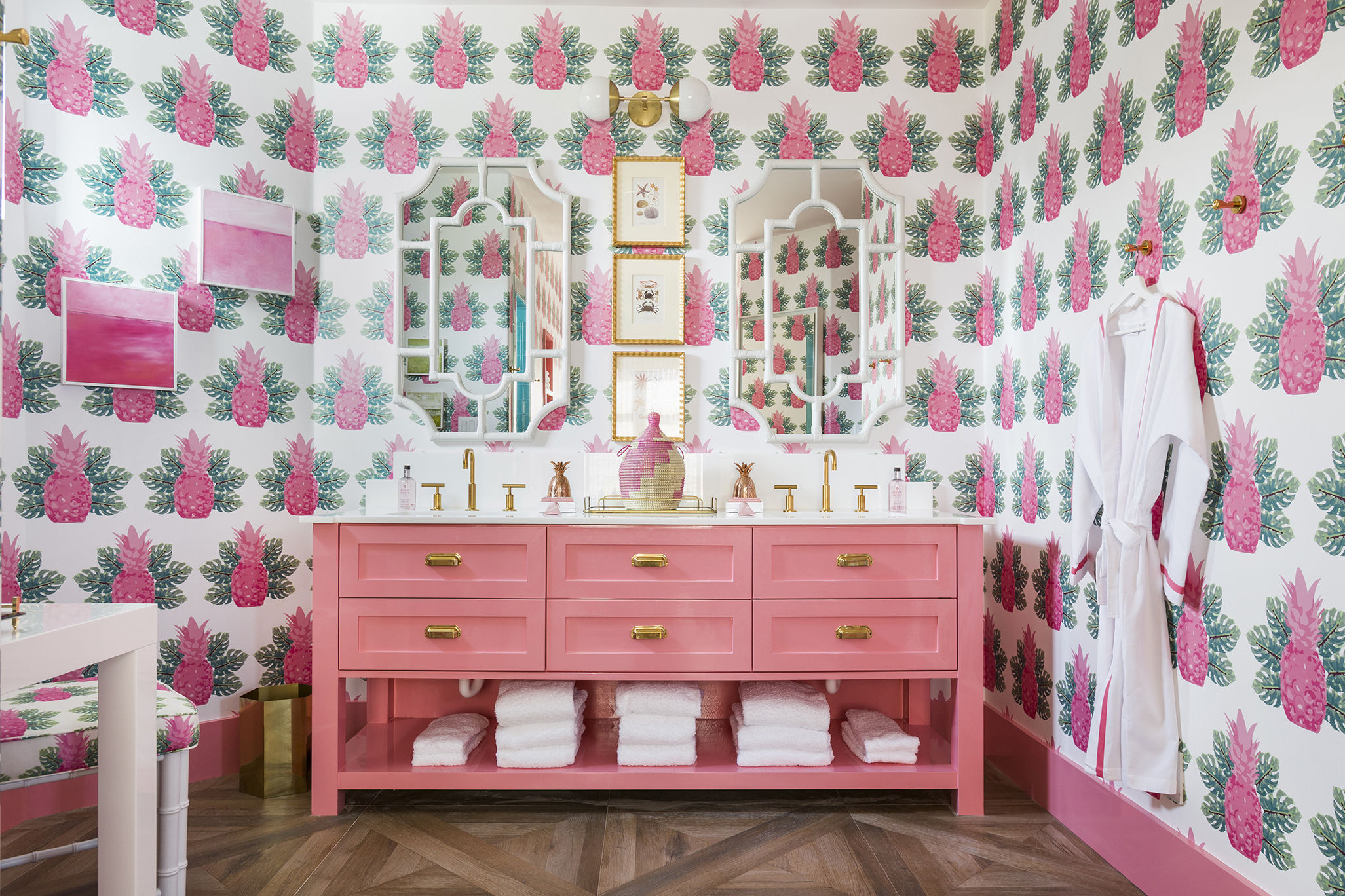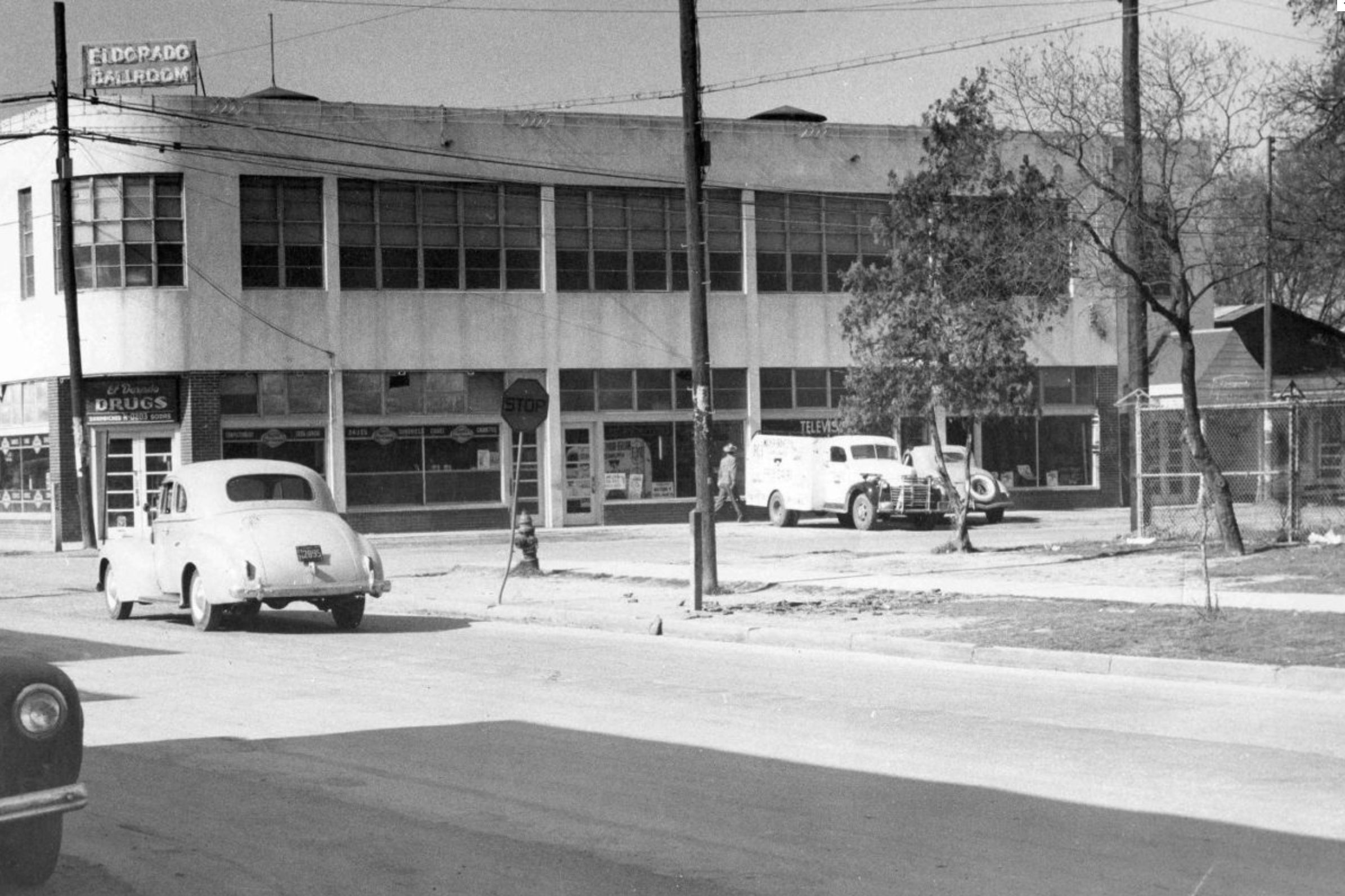
Coming of Age in the Third Ward
When footage of George Floyd lying prone on the ground while a white Minneapolis police officer put his knee on Floyd’s neck surfaced in June, I couldn’t watch. Floyd was more than another Black body added to an already too-high count. Not only was he from Houston, but he’d grown up just blocks from me in the complicated, loving, frenetic world of Third Ward, the historically Black neighborhood tucked deep in the heart of Houston between Downtown and the Texas Medical Center.
After Floyd’s story was traced back to Houston, and after we all learned he’d been a fellow Wardy, the national news outlets portrayed the neighborhood, my neighborhood, which my family has called home for over a century, as "the Third Ward ghetto.” People who’d never spent time in the Tre were presenting authoritative-sounding portraits of this microcosm of Houston and were getting it wrong.
That’s nothing new. The history and beauty of this place have long been imparted by those who have never lived here and thus lack the understanding of its depth and nature. In that way, Floyd’s legacy directly mirrors that of Third Ward itself. There are people who want Floyd to have been a saint or a sinner. They want Third Ward to be just as easily and neatly defined: a crime-ridden slum, or a vital, thriving community.
The truth, however, is never that simple.
Third Ward became a neighborhood seven years before Texas became a state. It was created around 1837, shortly after Houston itself was founded, when the growing town was divided into four wards, geographic political boundaries that were precursors to today’s city council districts. For much of the 19th century, the area was considered one of the finest sections of town. It was also a white neighborhood. The only Black people who lived there were slaves.
But in 1872, seven years after the first Juneteenth—the holiday commemorating the day when word that slavery had ended finally made its way to the Lone Star State—freedmen Jack Yates, Richard Allen, Richard Brock, and Elias Dibble bought the land for what is now Houston’s oldest public green space, Emancipation Park, on Dick Dowling Street, named after a major in the Confederate Army. They began holding annual Juneteenth celebrations there (complete with mocking tributes to Dowling), and those festivities marked the beginnings of the Tre I’d come to know.
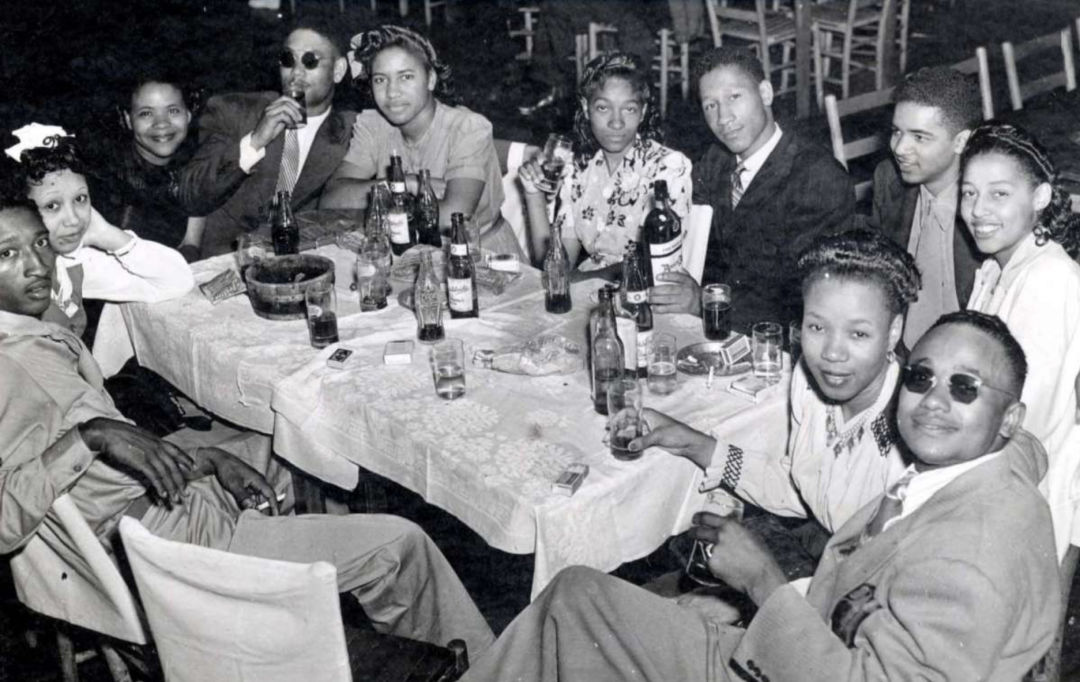
Revelers enjoy a night out at famous Third Ward landmark Eldorado Ballroom.
Image: Unknown
By the first decades of the 20th century, Dowling Street was the center of Third Ward, a raucous, bustling block that housed the famous Eldorado Ballroom, where all the jazz greats came to play, and other clubs and shops that were soon the hub of the ward’s social whirl. Black people were buying homes there, including my great-grandparents, who moved from Galveston and eventually purchased a beautiful bungalow on Ruth Street. In 1926 Jack Yates Colored High School opened, becoming the second Black high school in town.
My grandparents, Jake and Barbara Edwards, met and fell in love there. They got married after graduation and eventually settled down in the neighborhood in a yellow-and-white house on Ewing Street that I would come to feel was my true home. My grandmother was a spitfire, bossy and argumentative. She started off nursing and then switched to teaching before retiring, and she would tell you about yourself. My grandfather, who worked for the railroad, was a gossip. My earliest memories are of watching the “stories” (soap operas) with my Mama Dear in our matching rocking chairs, the drama on TV interspersed with the sound of PaPa laughing on the porch with anyone who passed by. My family knew everyone.
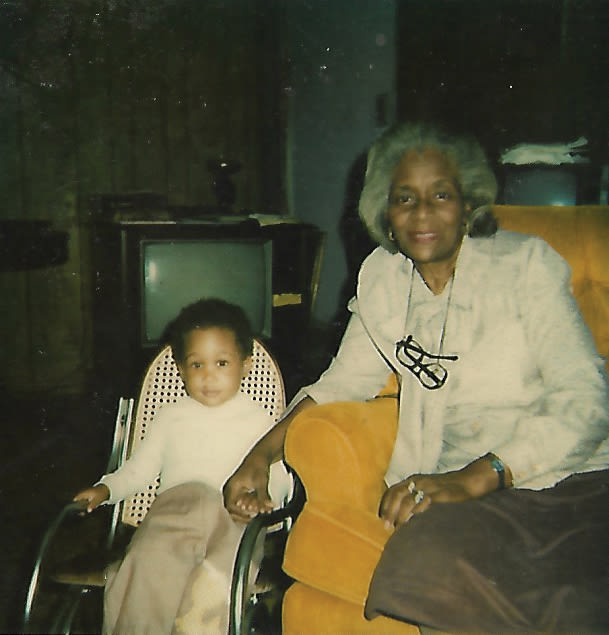
The author with “Mama Dear.”
Image: Courtesy of Samantha Shields
Now, the Tre has always been a complex mix of wealth and poverty, more so than most people grasp. There are liquor stores next to churches next to neat little shotgun houses, elegantly decorated show homes, and the Bricks—the Cuney Homes housing project, where George Floyd grew up—in one direction. Then there’s Texas Southern University next to Frenchy’s Chicken, Wheeler Avenue Baptist Church, and the University of Houston in the other.
My family lived in a genteel enclave just off of North MacGregor, known since World War II as the “Black River Oaks,” and while there hadn’t even been a college my grandparents could attend, they made sure my mom and her brothers all went to universities. And by the time my parents met, the ideal of suburban life had become more appealing. My parents moved us to Sugar Land when I was a toddler—it was the 1980s, a rough time to be living near downtown, and my parents had joined the many Black families who’d started opting for homes outside of the city. But even then, with my mom busy preparing to open a day care while my father worked as an engineer, I spent more time at the yellow-and-white house than I did anywhere else. I loved it.
From 6 years old, I was allowed to venture where I pleased, so long as the kids I was with had been approved by my family and I stayed within my boundaries: the Tip Top Corner Store, Southmore Boulevard, and Texas Southern’s Blodgett entrance near University Presbyterian Church (where I’d go with my grandfather to avoid the long services at my grandmother’s church). But I soon realized why I was given so much leeway—I couldn’t walk down a street without running into someone who knew my grandparents or my mother and uncles. And if I ever strayed out of the prescribed zone, or was seen strolling along with someone my family didn’t approve of, the whole clan would know about it long before I could make it home.
I hung out with people who lived at Cuney Homes and went to Cullen, had sleepovers with friends who lived in shotgun houses, and had dinner with ones who lived in family homes like our place on Ewing Street. I hung out with everybody. My family never said I couldn’t associate with this person or that based on what they had or didn’t have; it was always about who people were.
It wasn’t until much later that I realized how well off my family was. While there were pockets of the Tre where people were scraping by on food stamps, we didn’t struggle or suffer at all. As the actress and fellow Wardy Phylicia Rashad once explained, even though some people were surprised to see a world where Black people were doctors and lawyers, as shown in The Cosby Show, it wasn’t a stretch of the imagination for her. “Well, they didn’t grow up in my community,” she responded. “I grew up in Houston, Texas, in Third Ward, and it was very realistic.” The vision of Black life that I took in while growing up was exhilarating. I knew about the drug dealing, the sudden eruptions of violence, and the other problems that were the main reasons we ever got a mention in the newspapers, but even after graduating high school and going off to college at 18, all I wanted to do was return to Third Ward.
For six years I taught teenage girls English, communications, and research—the most rewarding years of my teaching career—at the Young Women’s College Preparatory Academy. I could almost hear the sweet notes of jazz trumpets and the sharp growl of blues guitars from the Eldorado when I rode my bike there down Elgin Street every morning. History literally surrounds the campus: the Houston NAACP building, the Buffalo Soldiers museum, Project Row House, the SHAPE Center, and the marker commemorating where kids protested the segregated lunch counter are all just outside the door. The building itself was once Miller Junior High, a school that my mother and uncles had to attend because of segregation. It’s now a place where minority STEM professionals come show students who resemble them that the possibilities are truly endless.
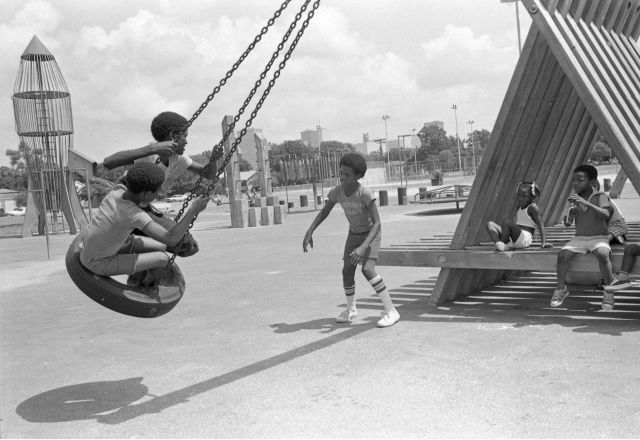
Boys play in Emancipation Park, 1970.
I’ve lived in Montrose and the Heights over the years, but it’s Third Ward that allowed me to witness other Black people exceeding every expectation or limitation placed on them, a place where little Black boys and girls didn’t have to look far for sources of pride. I always knew that I wanted to be able to give my own children that same self-awareness and dignity that was given to me, especially in times such as these. When my wife and I started looking for a home three years ago, Third Ward was the only place I could imagine living. When we talked about having children, I could not think of a better place to raise them. The day we bought our house in the Ward was one of the proudest days of my life.
Then the video of Floyd surfaced last June. As 60,000 Houstonians protested his death, Floyd’s back story—a checkered past that included being a star athlete at Jack Yates High School and doing time for robbery and drug charges—was pieced together, with a simplified view of Third Ward acting as its backdrop. When the cameras and talking heads arrived, looking to show us to the world as a stereotypical Black community complete with gangs, poverty, and drugs, I wanted to point to Phylicia Rashad, and to Beyoncé and Solange Knowles, Debbie Allen, and John Coleman (State Rep. Garnet Coleman’s father), and countless others who’d gone on from our community to make names for themselves. I wanted to tell them about my grandmother, who had a word with everyone she encountered in the Tre and drove like a devil around this neighborhood, never obeying a single traffic sign or getting a ticket. She had her own code and expectations—she once yelled at her pastor because the pianist was banging too hard on the piano she had donated to the church. I wanted to tell them how proud she would have been if she’d lived to see Dick Dowling Street become Emancipation Avenue in 2017.
I wanted to tell them about my childhood sleepovers in shotgun houses, about singing in the choir with my best friends from Mount Zion Baptist Church, about learning to curtsy for my societal debut at One Delta Plaza, and about running around Cuney Homes as a teenager, listening to music and chilling on the stoops. But I resisted the urge.
Floyd was going to define us all, I realized. I don’t know whether Floyd and I ever crossed paths. He was eight years older than me. When he was coming into his manhood, I was fighting to not wear a bra, mimicking the Dream Shake, and playing basketball outside my grandparents’ house on Ewing Street. When he was grabbing the mic and throwing down for DJ Screw, I was running for middle school student council. But I’m sure he also swam in the pool at Emancipation like we did, walking home wrapped in towels after spending most of the day playing in the water and repeatedly going down the slide.
Now, I live close to MacGregor Park, and we have neighbors of all races and classes around us, but there’s no tension in that. Third Ward blends us all together, and even if we had nothing else, we would all have this community in common. And past that, it has never been homogeneous, never been a place that is easy for outsiders to understand. We all mourned for Floyd in the days after his death, and I exchanged nods with the Chinese pharmacy students outside of TSU, talked it over at my Hispanic neighbor’s backyard barbecue, and felt the pain that the friends I’ve known my whole life also experienced.
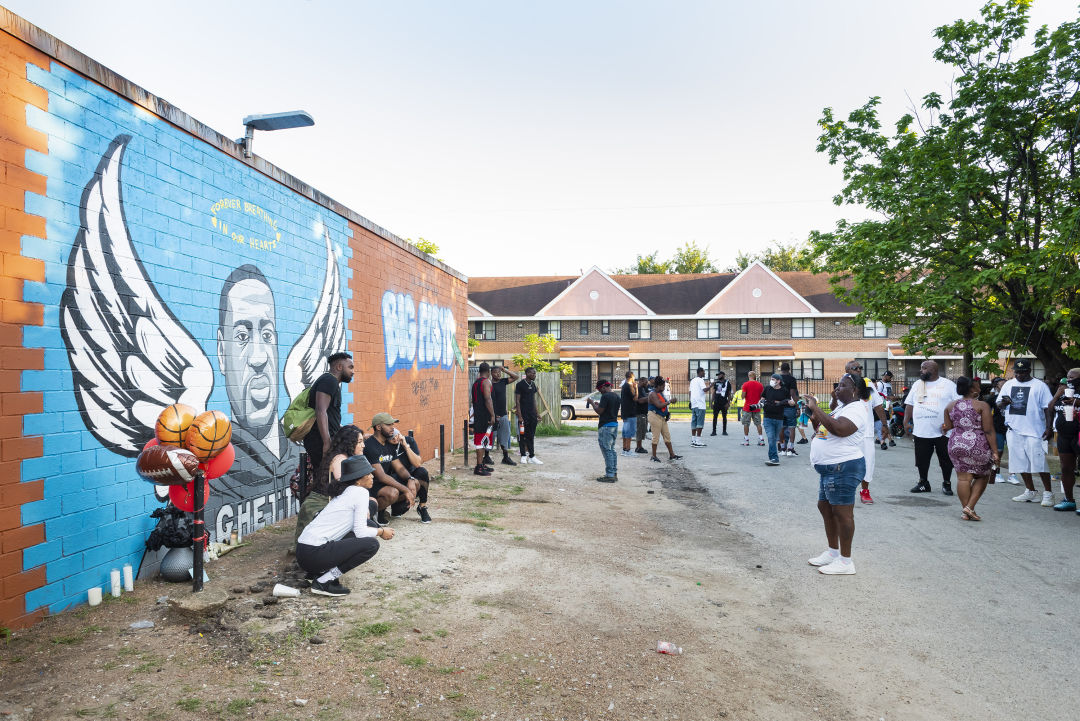
Houstonians gathered at George Floyd’s memorial mural in Third Ward the day of his funeral.
Image: Anthony Rathbun
I thought about the boy Floyd must have been, about how he’d walked these same streets and loved the same places, as I watched the march on TV, taking in the thousands gathered just a few miles away, feeling chills as they chanted his name. More articles came out mischaracterizing my neighborhood as a slum. We were having to own this tragedy, even though this was simply where he'd come from and Third Ward hadn’t been the site of his brutal death. This would never happen to the police officer’s hometown, I thought angrily. The frustration simmered in me as the protests gave way to the funeral.
A few days afterward, in mid-June, I went to go see a new mural painted onto the side of the Scott Food Mart. It was Floyd, his expression soft, and I stared at his face for a long time. He was one of us. A part of our story, of my story, Third Ward’s story, just as my grandmother and the yellow-and-white house on Ewing Street and Eldorado and Emancipation Park were. We were all made by this neighborhood, after all, and suddenly I didn’t resent the stories or even care how we’d been portrayed. I was just thankful to have him back home.



